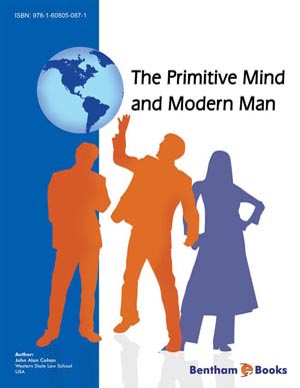Abstract
The idea behind animism takes mana one step further and proposes that all of nature is animated, that is, imbued with consciousness, or with life, that all phenomena of nature, including rocks, caves, mountains rain, thunder, lightning, stars, etc., are imbued with a life essence or soul. Animism is a kind of environmental philosophy-that not only are people to be respected, but all of creation must be respected. A good deal of the ceremonies as well as practical guidance in primitive cultures pertain to communication with the spirits of animals, of plants, and of objects of nature. Many modern day superstitions are animistic in orientation (e.g., if a black cat crosses your path, this means bad luck). Soothsayers, medicine men, and fortune-tellers use animistic means to forecast the future (e.g., interpreting signs from the clouds or the cries of animals). Animism accounts for the reverence accorded animals in many cultures (e.g., tuna reverence, bear reverence, totemic protection of certain animal species). People of all cultures will talk to their plants to influence their growth. Indigenous populations have great attachment and reverence to their land, which they believe have sacred properties and healing energies. Even idols and figureheads on ships are thought to possess protective and communicative powers (e.g., touching or kissing the statute will impart a certain blessing). Sacred ceremonial objects, such as the shaman’s drum, are thought to be potent vehicles for connecting between the human and spirit worlds. Children of all cultures are particularly prone towards animistic beliefs and practices (e.g., endowing personality to dolls, attributing consciousness to other inanimate objects). The idea of artificial intelligence borrows animistic ideas.













